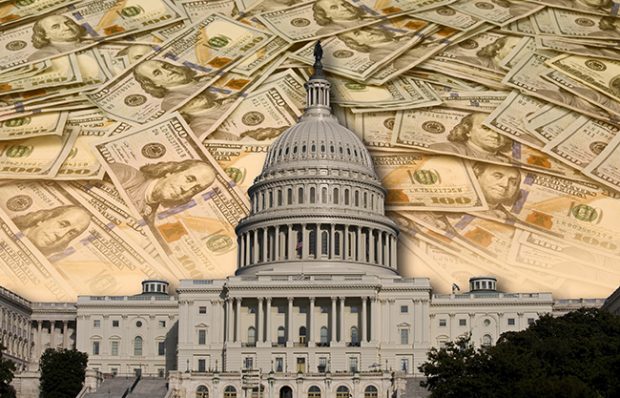 Source: Shutterstock.
Source: Shutterstock.
Credit union real estate lending continued its heated growth in July compared with the pre-pandemic July 2019. Even car lending rolled forward, according to CUNA's latest monthly estimate.
However, the Fed's G-19 Consumer Credit Report released Tuesday showed the movement's lending balances on credit cards fell 5.9% to $60.7 billion as of July 31.
Recommended For You
Credit unions had been increasing credit card lending at a pace of 6% to 8% last year compared with the same months in 2018. After COVID-19 was declared a pandemic March 11, consumers put a break on spending.
Credit card spending went negative in April, and has been declining by larger percentages each month even as other major segments have improved.
The Madison, Wis., trade group's Monthly Credit Union Estimates released last week found the nation's 5,365 credit unions held $1.17 trillion in loans as of July 31, up 6.5% from July 2019 — about the same pace of growth from July 2018 to July 2019.

Loans per member grew 3.5% to $9.37 trillion as of July 31. A year earlier, it rose 2.5%.
Total car loans grew 1.6% to $383.4 billion as of July 31. A year earlier, the balance rose 4.6%. Real estate is doing even better than in 2019 with total loans growing 10.4% to $598.5 billion in July. A year earlier they rose 7.1%.
However, savings continues to rise much faster, indicating that consumers remain cautious. In July, savings grew 18.9% to $1.54 trillion. From July 2018 to July 2019 it rose 6.8%. Savings per member grew 15.6% to $12.39 trillion as of July 31. A year earlier, it rose 3%.
As savings swelled, assets grew 17.3% to $1.81 trillion as of July 31. A year earlier, assets rose 6.7%. Capital grew 8.4% to $186.8 billion as of July 31. A year earlier, it rose 10.5%.
Mike Schenk, CUNA's vice president of economics and statistics, said assets have been buoyed by strong government stimulus, while capital has eroded as net income has fallen. As a result, the capital-to-assets ratio has deteriorated. It was 10.3% in July, down from 10.5% in June and 11.2% in July 2019.
Nonetheless, Schenk said credit unions have built up strong balances in the good years, giving them the capacity to support members in these hard times.
"Credit unions are in great shape financially. We came into the recession with near-record levels of capital," and low levels of delinquencies and charge-offs, he said.
The CUNA report showed credit unions had 124.7 million members as of July 31, a 2.9% gain. A year earlier, membership rose 3.8%. The report also estimated:
- New auto loans fell 2.9% to $145 billion.
- Used auto loans rose 4.5% to $238.5 billion.
- Other unsecured consumer loans (excluding auto loans and credit cards) grew 2.5% to $46.9 billion. A year earlier, they rose 8.9%.
- Fixed-rate first mortgages rose 15.8% to $379.9 billion.
- Adjustable-rate first mortgages rose 8.5% to $130.9 billion.
- Second mortgages fell 10.1% to $31.6 billion.
- Home equity lines of credit fell 3.5% to $56.1 billion.
© 2025 ALM Global, LLC, All Rights Reserved. Request academic re-use from www.copyright.com. All other uses, submit a request to [email protected]. For more information visit Asset & Logo Licensing.






